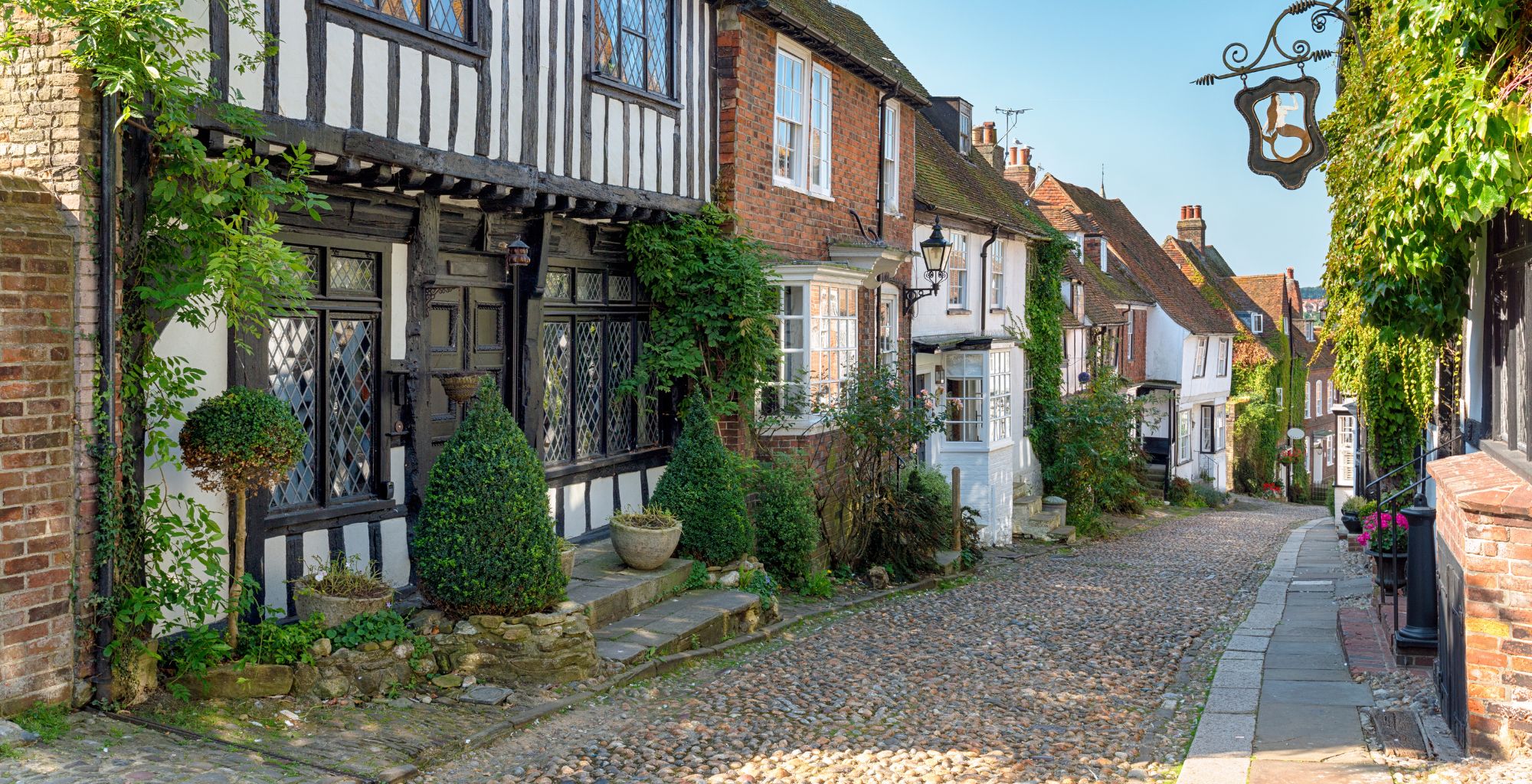As one of the most popular home counties, with so many locations that offer more than simply an easy...

Property Finders Advice: Buying property in Conservation Areas
As property finders we are frequently called upon for advice on a wide range of topics, including the complex subject of buying property in Conservation Areas.
There are over 10,000 Conservation Areas in England; every local authority in the country contains at least one. Conservation Areas vastly differ in size and how many buildings are within them, with the largest in England being Swaledale and Arkengarthdale which is located in the Yorkshire Dales National Park. Stamford in Lincolnshire was the first conservation area to be designated.
With many of the most desirable period homes being situated within a Conservation Area we are often asked what it means, will it impact the purchase or any plans for the property?
What is a conservation area?
A Conservation Area is an area considered to be of architectural and historic interest, features that make it unique. Unlike other heritage assets such as Scheduled Monuments or Listed Buildings, a Conservation Area is defined by the local authority.
In a Conservation Area the protection and enhancement of the area as a whole is considered rather than just specific buildings. Considerations over the area will include the historic layouts of roads and boundaries, what an area might be used for and any other associations.
Conservation Areas can be designated by the local authority for the area, by the Secretary of State for Culture, Media and Sport or in London by Historic England.
The National Planning Policy Framework states that those designating an area as a Conservation Area should ensure: ‘an area justifies such status because of architectural or historic interest, and that the concept of conservation is not devalued through the designation of areas that lack special interest.’
Conservation Areas tend to be unique and special and have characterful features of significance and are often a very desirable place to live within their locality.
Property within a Conservation Area
Conservation Areas do usually come with additional planning controls and considerations, in order to protect the architectural and historic elements which make the area special. Overall they are most likely to affect home owners who wish to alter the outside of a property or any trees within their boundaries.
If you’re considering a property within a Conservation Area it’s important to understand the implications; there might be special controls in place, called ‘Article 4 Directions’. These will restrict work you can carry out without gaining planning permission and can include elements such as gutters, windows and doors.
These controls change according to the local authority within which the property is situated so it’s best to establish what will be in place by contacting the local planning authority directly.
Trees are also included within the remit of a Conservation Area; if you intend to cut down or lop or top even the smallest of trees within a Conservation Area you must notify your local planning authority at least 6 weeks before the planned works. The local planning authority will then consider if the tree makes a significant contribution to the character of the area and if deemed necessary they will create a Tree Preservation Order (TPO) to protect it.
Permitted Development Rights in Conservation Areas
It is often the case that Permitted Development rights are different in Conservation Areas and you will need to make planning applications for some work where you wouldn’t usually have to outside of a Conservation Area.
Most local planning authorities have prepared a Conservation Area Appraisal which outlines the history and why the area is special, it also usually includes information about development in the area and general guidelines. The local planning authority may also produce Supplementary Planning Documents for their conservation areas which will show how they intend to manage the area in the future.
If you are considering purchasing a property in a conservation area or already own a property in a conservation area and are considering doing works to your property it is worth contacting your local planning authority to see if these documents exist as they should provide preliminary guidance.
Living in a Conservation Area
As we’ve highlighted in this article, conservation areas come with additional rules and require additional permissions in most case when it comes to undertaking development or building works.
We have found it to overwhelmingly be the case that homes in conservation areas are in fat more desirable.
Conservation Areas tend to be well maintained and have a certain look and feel that makes them special. That is of course the reason that the it was designated a conservation area in the first place.
Professional Property Finders
If you’re looking for a special type of property, a period home filled with character or considering purchasing a property within a Conservation Area we would be delighted to provide our expertise to ensure you find the best possible property and make a well informed purchasing decision.
With many years’ experience sourcing and acquiring property on the behalf of private clients our team area well placed to assist. For a no obligation discussion regarding your property requirements and our services please contact us.



